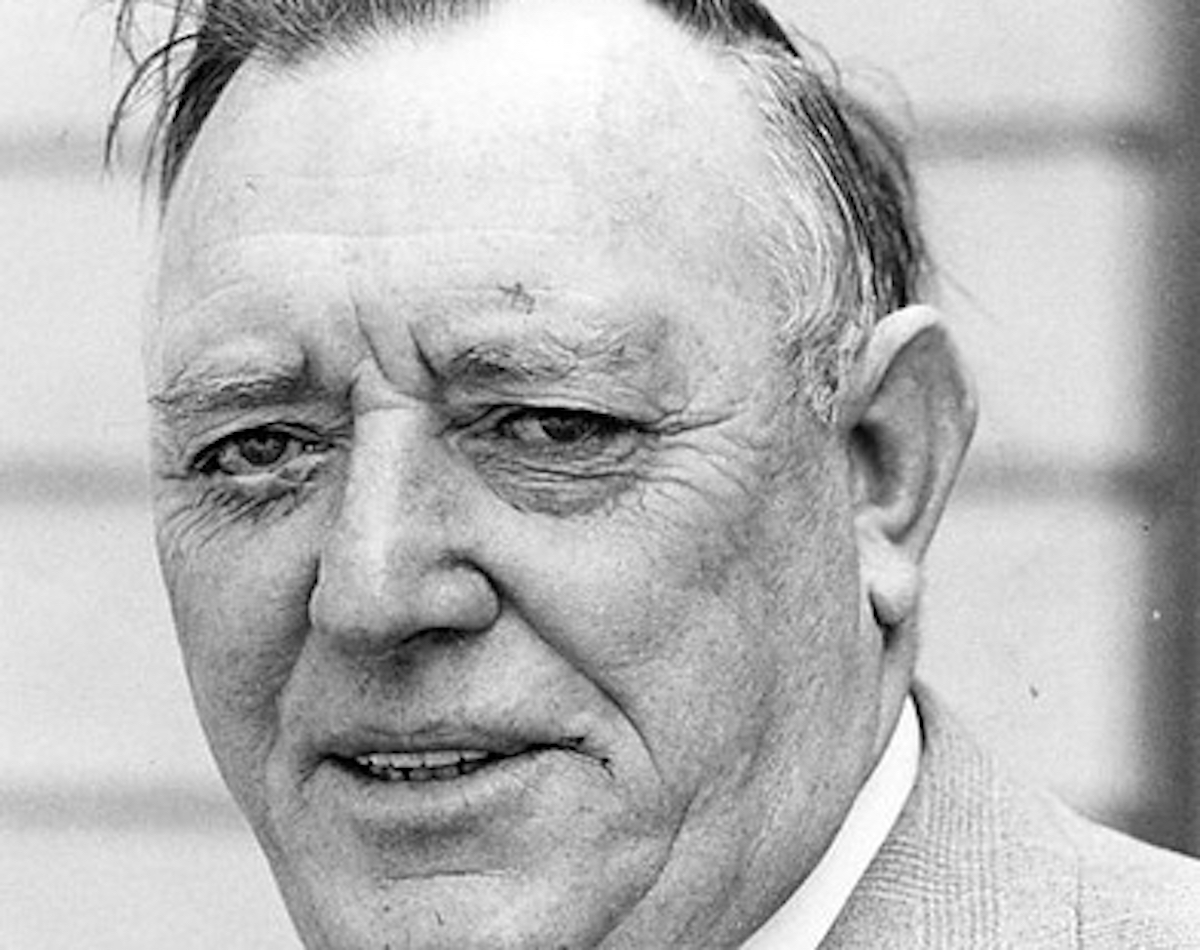
‘Big in heart and spirit’ Sinn Féin councillor John Davey was killed by loyalists in 1989, just two days after the murder of Pat Finucane. A tribute by Gerry Adams, written in 2014 for Leargas.
Today is the 25th anniversary of killing of my friend and comrade Sinn Féin Councillor John Davey in the laneway of his home.
John was shot two days after the murder of Pat Finucane who was also killed by a UDA gang acting in concert with the RUC Special Branch and British intelligence.
John was killed by a resurgent UDA after it received a substantial amount of weapons brought into the north via the apartheid South African regime by an alliance of unionist death squads and British intelligence.
These are the bare facts. Regrettably most unionist politicians refuse to face up to this. In the debate over the past and the legacy of the conflict many prefer the narrative in which all of the pain is on the unionist side and all of the blame on the republican.
But in the debate on the past we have a duty and responsibility to remember all of the victims of the conflict. Each left a family or group of friends or a community of neighbours grieving for them. Each was a unique human being.
John Davey was one such unique person. For those who didn’t know him John was a big man. He was big physically. He was big in spirit and mind and vision. And he was big in heart. In south Derry he was for a generation of republicans the heart and soul of that community.
I knew John for many years. He was one of those iconic republican leaders who in the bad times stood firm and resolute and who led from the front. He was never cowed or broken or intimidated. John never allowed the threats or violence of the British or of the unionists to prevent him from doing his duty and pursuing his republican objectives. He was, like Pat Finucane, a fearless champion of human rights and equality.
John was born into difficult times. He grew up in an Ireland divided and into a northern state in which Catholics faced structured political and religious discrimination; a state in which thousands of Catholics were denied the vote in local elections; where council boundaries were gerrymandered; and where there was widespread discrimination in housing allocation and in employment. A place where Catholics were treated as second class or less.
In his day John was a freedom fighter, a political activist, a founding member of the civil rights movement, a political prisoner, a negotiator, an elected representative, a Sinn Féin leader, a father and a grandfather. He was a friend to those engaged in the struggle for peace and unity in Ireland and an implacable opponent of injustice and oppression and of British involvement in Ireland.
In the 1950s he was an IRA activist and was arrested and spent two and a half years interned in Crumlin Road prison. In the late 60s he played a pivotal and leadership role in the civil rights movement. In 1971 he was interned again. On that occasion he and his youngest daughter were arrested by a lorry load of British soldiers. Maria who was five, was held for several hours before being returned to the family – the youngest person lifted on that infamous morning.
John spent time in Magilligan prison, on the prison ship Maidstone, and then in the cages of Long Kesh. On one occasion he was so severely beaten that he suffered a fractured skull, two broken fingers, and a broken kneecap. After two years he was released but in July 1977 he was arrested again and charged with ‘collecting’ information. The basis of this bogus charge was the discovery of a map, which his son Eugene and all his classmates had as part of their geography course at St. Patrick’s College, Maghera. John was held for seven months before the charges were dismissed.
In 1983 John ran as the Sinn Féin Westminster candidate for East Derry. Two years later he won a seat on Magherafelt District Council. Unionists reacted angrily and as they did in Belfast and Lisburn and elsewhere and the Sinn Féin Councillors were attacked. John was struck over the head with a chair by a loyalist mob who had gathered in the public gallery. On another occasion the DUP MP Willie McCrea named John under privilege in the British Parliament as an IRA activist.
On Tuesday 9th February 1988, John escaped a murder bid when his car came under fire as he left his home. Michael Stone was behind that attempt. John escaped uninjured but one year later John was ambushed again as he returned home from a council meeting. John Davey was shot and killed on February 14th 1989.
He was another of those irrepressible and defiant Irish republicans who never flinched in the face of injustice and stood tall and strong in defence of the rights of the Irish people. John was never daunted. He was a constant source of resolute determination and conviction. I am enriched by having known him. My thoughts are with John’s wife Mary, his children Eugene, Pauline, Maria and his grandchildren.
![[Irish Republican News]](https://republican-news.org/graphics/title_gifs/rn.gif)
![[Irish Republican News]](https://republican-news.org/graphics/title_gifs/harp.gif)

